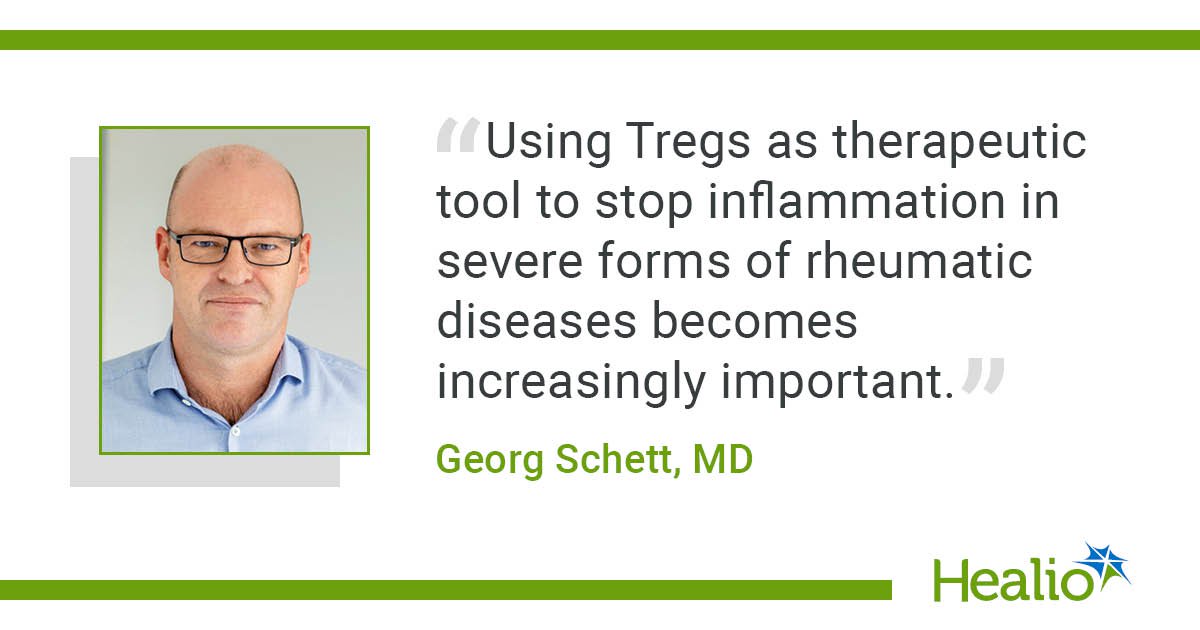October 08, 2025
1 min read
Key takeaways:
- The study evaluated the potential of resistance after exposing E. coli to non-antibiotic medications and ciprofloxacin.
- Older populations may be at increased risk due to frequent medication and antibiotic use.
Commonly used over-the-counter medications may be contributing to antimicrobial resistance among older patients, according to a study from the University of South Australia.
During the study, which focused on antimicrobial resistance (AMR) in residential aged care facilities, antibiotic-resistant bacteria were present in many residents, making them vulnerable to infections, according to study author Henrietta Venter, PhD, FASM, head of the microbiology laboratory and lead of antimicrobial resistance at the University of South Australia.

“Previous studies also indicated frequent prescription of antibiotics in aged care residents and that many residents use multiple medications (polypharmacy),” Venter told Healio. “This prompted us to investigate the link between medication use and AMR in aged care.”
The researchers assessed nine non-antibiotic medications commonly used by older populations — acetaminophen, ibuprofen, diclofenac, furosemide, atorvastatin calcium, metformin, pseudoephedrine, temazepam and tramadol — administered alongside the antibiotic ciprofloxacin because, according to the study, these two types of drugs are frequently co-administered and ciprofloxacin is a “known inducer of mutations.” The authors then assessed the impact on AMR development in Escherichia coli.
Specifically, the AMR development was determined for mutation frequencies in two E. coli isolates, E. coli BW25113 and E. coli 6146, the latter an antibiotic-sensitive strain isolated from a fecal sample of a resident at a retirement community.
The isolates were exposed to the non-antibiotic medications at the projected gut concentrations as well as ciprofloxacin and then cultured for 48 hours.
According to the researchers, exposure to non-antibiotic medications did not impact the growth of E. coli cells — an expected result. However, they found that growth rate and maximum cell density were “dramatically affected” after exposure to ciprofloxacin, and that the addition of non-antibiotic medications protected the bacterial cells from the negative growth effects of the ciprofloxacin.
Bacteria developed more mutations when exposed to the antibiotic and common painkillers together than when exposed only to the antibiotic, driving resistance, according to the study.
Venter explained that the reason for this is because the painkillers put some stress on the microbial cell, so the microbe increases the amount of drug efflux pumps to deal with the stress.
“When the level of these efflux pumps is increased the microbes become ‘hypermutators’ — in other words they mutate much more frequently,” Venter said. “The cells with mutations that allow them to withstand the antibiotic treatment will then survive in the presence of the antibiotic. These mutated bacteria were not only resistant to ciprofloxacin, but several also displayed resistance against multiple other classes of antibiotics.
“So, microbial evolution is turbocharged in the presence of the painkillers,” she continued.
Venter said anyone who takes several medications for chronic conditions is potentially at risk when they need to take antibiotics. Older people, she said, are more likely to take multiple medications and use antibiotics frequently, thus increasing their risk.
“These findings highlight an often-overlooked contributor to antimicrobial resistance and underscore the importance of reassessing polypharmacy risks in aged care settings,” she concluded.
For more information:
Henrietta (Rietie) Venter, PhD, FASM, can be reached at rietie.venter@unisa.edu.au.










